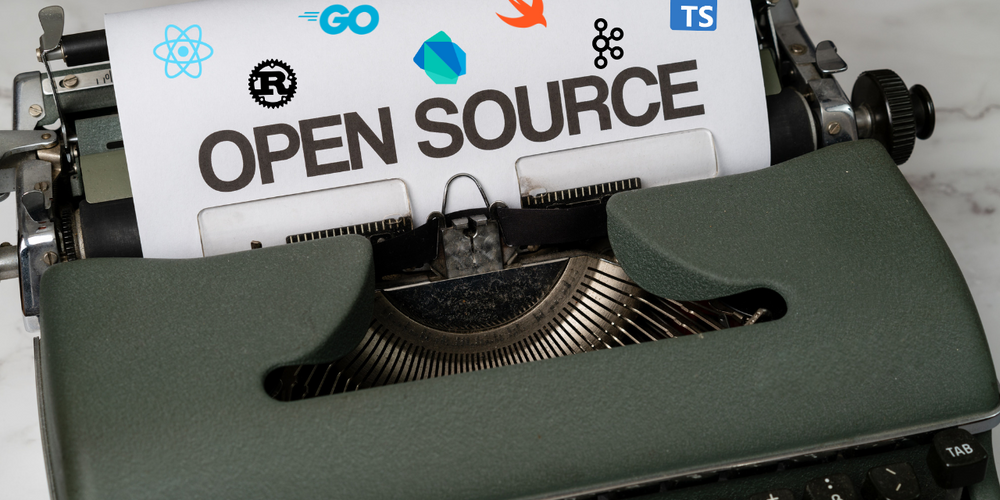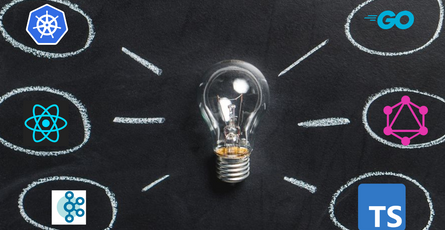Unlocking the Secrets of Open Source Languages: What Do Google, Apple, and Microsoft Have in Common?
-
 Rohan Dua
Rohan Dua
- Aug 22, 2023
-
 Tech Trivia
Tech Trivia
- 02 Mins read

In the ever-evolving landscape of technology, major tech corporations have taken a pioneering step by open-sourcing programming languages. This shift has not only fostered innovation but also encouraged collaboration within the global developer community. Let's delve into some remarkable examples where tech giants have propelled open source languages into the limelight.
1. Go (Golang) - Google's Brainchild One standout contribution comes from Google with the creation of Go (often referred to as Golang). Born from an internal project, Go tackles the intricacies of large-scale systems development. Today, it stands as a prominent open-source language, symbolizing Google's commitment to community-driven software evolution.
2. Swift - Apple's Open Source Outreach Apple's foray into open source is exemplified by Swift, a language tailored for iOS, macOS, watchOS, and tvOS app development. The company unleashed Swift's potential by releasing its source code in 2015, paving the way for collaborative enhancements.
3. TypeScript - Microsoft's Evolution of JavaScript Microsoft introduced TypeScript as a superset of JavaScript, incorporating optional static typing and serving as a powerhouse for building expansive applications. TypeScript's open-source nature highlights Microsoft's dedication to bolstering developer ecosystems.
4. Dart - Google's Web and Cross-Platform Darling Initially designed for web development, Dart soon expanded its reach to encompass web, mobile, and desktop applications. Developed by Google, Dart has evolved into an open-source language, enabling versatile cross-platform development.
5. Rust - Mozilla's Commitment to Safety Mozilla's Rust is synonymous with safety, performance, and concurrency. Conceived as a safer alternative to C and C++, Rust thrives in the open-source realm, thanks to Mozilla's vision of resilient and secure systems.
6. Kotlin - JetBrains and Android Collaboration Kotlin, initiated by JetBrains, solidified its position as an open-source language tailored for the Java Virtual Machine (JVM). Recognized as an official language for Android app development, Kotlin is a testament to productive cross-company cooperation.
7. C# - Microsoft's .NET Innovation Microsoft's C# (pronounced C sharp) emerged as an object-oriented programming language, designed to enhance software development on Windows platforms. It has since flourished within the .NET framework, embracing the open-source ethos.
8. Apache Groovy - Inspired by Smalltalk, Ruby, and Python Initially conceived at Pivotal (formerly part of VMware), Apache Groovy is a dynamic, open-source programming language for the Java Virtual Machine (JVM). Its roots trace back to Smalltalk, Ruby, and Python, reflecting diverse influences within the open-source domain.
9. Apache Kafka Streams - LinkedIn's Streaming Powerhouse LinkedIn's contribution to the open-source arena includes Apache Kafka, a streaming platform. Kafka Streams, an integral part of Apache Kafka, empowers developers to construct distributed stream processing applications.
10. Apache Spark - UC Berkeley's Data Processing Marvel What began as a research project at UC Berkeley's AMPLab transformed into Apache Spark, an open-source, distributed data processing engine. Its journey from academia to the open-source world demonstrates the impact of collaborative development.
11. Erlang - Ericsson's Telecom Innovation Initially proprietary, Erlang was designed by Ericsson for telecommunications applications. Over time, it transitioned into the open-source sphere, embodying the fusion of corporate ingenuity and collaborative potential.
These examples epitomize the synergy between tech giants and open source development. They reflect not only the diversity of origins but also the collective strength of communities working together. As these languages continue to thrive, they exemplify how tech corporations and the open-source community can shape the future of software. It's a testament to the power of collaboration in the ever-evolving tech landscape.
